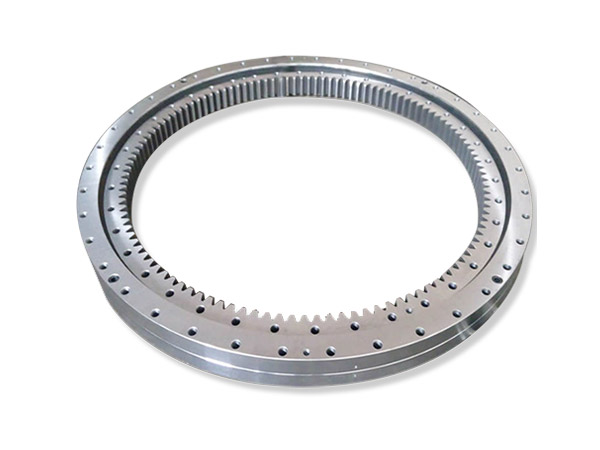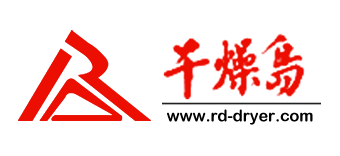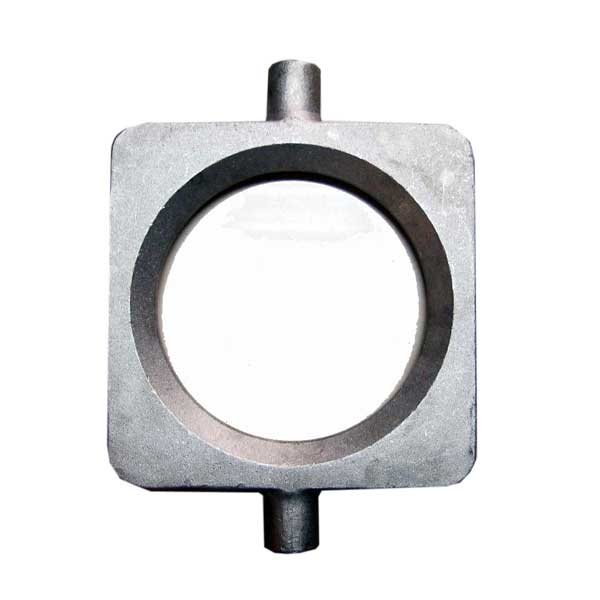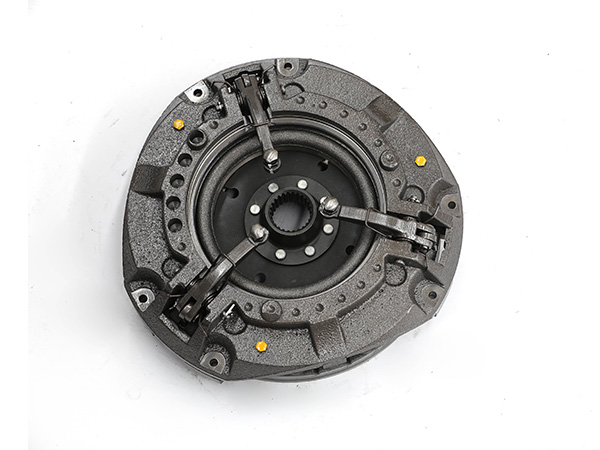We know that the quality of the slewing bearing itself is the main factor affecting the service life of the bearing, but no, because in addition to the quality of the bearing, there is also a very important issue, that is, the maintenance and maintenance of the bearing during its use, but, How to maintain the slewing bearing during use?
Lubrication of slewing bearing

1. Lubrication
(1) Reduce friction and wear. In the mutual contact parts of the rings, rolling elements and cages that constitute the bearing, metal contact is prevented, and friction and wear are reduced.
(2) Extend the fatigue life. The rolling fatigue life of the bearing is extended when the rolling contact surface is well lubricated during rotation. Conversely, if the oil viscosity is low and the lubricating oil film thickness is not good, it will be shortened.
(3) Discharge frictional heat and cooling. The oil circulation method, etc., can use oil to discharge heat generated by friction or heat from the outside, and cool it. Prevent the bearing from overheating and prevent the aging of the lubricating oil itself.
(4) Others. It also has the effect of preventing foreign matter from entering the inside of the bearing, or preventing rust and corrosion.
2. Lubrication method
Bearing lubrication methods are divided into grease lubrication and oil lubrication. In order to make the bearing function well, first of all, it is necessary to select a lubrication method suitable for the conditions of use and the purpose of use. If only lubrication is considered, the lubricity of oil lubrication is dominant. However, grease lubrication has the advantage of simplifying the structure around the bearing. Compare the advantages and disadvantages of grease lubrication and oil lubrication.
Cleaning of slewing bearing
1. Selection of cleaning materials
As the cleaning agent, cleaning agent and kerosene are generally used. In addition, pay attention to sealing the cleaning agent when not in use to avoid the entry of external magazines and contaminating the cleaning agent. In the case of inattentiveness, cleaning the bearing with the contaminated cleaning agent will not only not have a cleaning effect, but will contaminate the bearing and cause the bearing to be polluted. Running brings stress.
…
Details can be accessed by clicking here:https://www.ldb-bearing.com/ldb-bearing-knowledge/how-to-maintain-the-slewing-bearing-during-use.html








